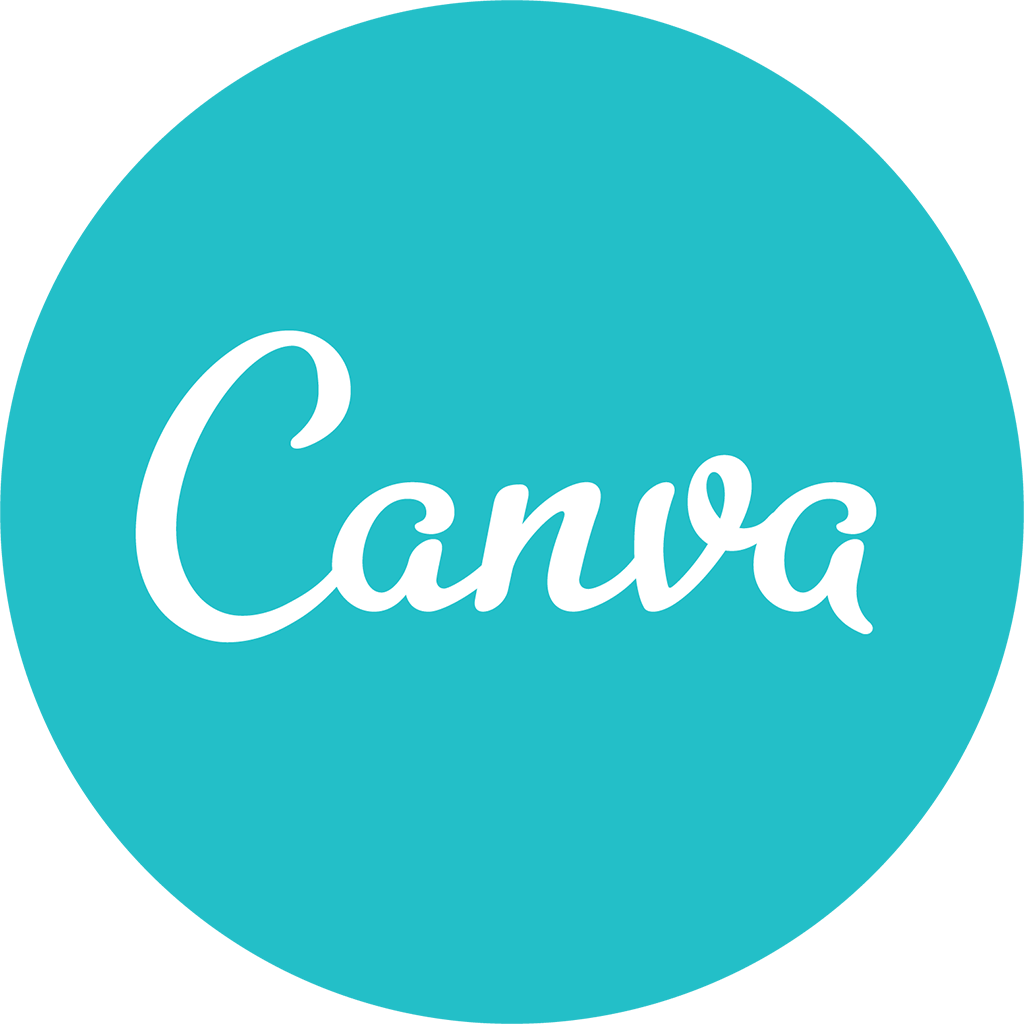
Lilt (Canva): Complete Buyer's Guide
AI-powered localization platform
Lilt is an AI-powered localization platform that combines machine translation with human oversight to deliver scalable multilingual content for global enterprises. The platform's hybrid approach addresses the quality concerns that have historically limited AI adoption in brand-sensitive marketing content while maintaining the efficiency gains necessary for high-volume localization demands.
Market Position & Maturity
Market Standing
Lilt occupies a distinctive position in the AI localization market, combining enterprise-grade security and compliance capabilities with innovative hybrid AI-human workflows.
Company Maturity
The company's recent $25M funding round in June 2025 indicates early-stage expansion rather than established market dominance.
Growth Trajectory
Lilt's $25M funding round in June 2025 demonstrates strong investor confidence in its growth trajectory.
Industry Recognition
The platform's SOC 2/3 certification and government-tier compliance capabilities position it strategically for security-conscious enterprise deployments.
Strategic Partnerships
Lilt's enterprise client portfolio includes technology leaders like Intel, UiPath, and Lenovo, alongside consumer brands such as ASICS and Canva.
Longevity Assessment
Multi-year customer relationships indicate sustained market confidence and value delivery.
Proof of Capabilities
Customer Evidence
Canva's implementation showcases the platform's ability to handle massive scale, supporting multilingual content production for 40+ million monthly users across 100+ languages [42][45].
Quantified Outcomes
Intel's three-year deployment provides compelling evidence of sustained value delivery, achieving 40% year-over-year cost reduction for identical content volumes [52].
Case Study Analysis
UiPath processed over 3 million words of technical documentation while achieving 1.7x faster turnaround times over their three-year partnership [59].
Market Validation
Multi-year customer retention across diverse industries provides market validation evidence.
Competitive Wins
Lenovo's accuracy improvements offer independent validation of technical performance claims, documenting 15% higher accuracy compared to unadapted large language models [58].
Reference Customers
Enterprise customers include Intel, UiPath, Lenovo, Canva, and ASICS.
AI Technology
Lilt's technical foundation centers on its proprietary Contextual AI Engine, which dynamically adapts to client-specific terminology and brand voice through continuous linguist feedback [47][52].
Architecture
The platform's API-driven architecture supports over 100+ pre-built connectors including integration with major platforms like Smartling and various CMS solutions [47][51].
Primary Competitors
Primary competitors include established players like Smartling and Lokalise.
Competitive Advantages
Competitive advantages center on technical innovation through AI Agents enabling autonomous error correction, custom model development per business unit, and measurable accuracy improvements of 15% over unadapted large language models [58].
Market Positioning
Market positioning targets large enterprises requiring both scalability and quality assurance.
Win/Loss Scenarios
Win scenarios favor Lilt when enterprises require SOC 2/3 compliance, government-grade security, custom AI model development, or integration with complex marketing technology stacks.
Key Features

Pros & Cons
Use Cases
Integrations
Pricing
Featured In Articles
Comprehensive analysis of AI Content Localization for AI Marketing & Advertising for AI Marketing & Advertising professionals. Expert evaluation of features, pricing, and implementation.
How We Researched This Guide
About This Guide: This comprehensive analysis is based on extensive competitive intelligence and real-world implementation data from leading AI vendors. StayModern updates this guide quarterly to reflect market developments and vendor performance changes.
60+ verified sources per analysis including official documentation, customer reviews, analyst reports, and industry publications.
- • Vendor documentation & whitepapers
- • Customer testimonials & case studies
- • Third-party analyst assessments
- • Industry benchmarking reports
Standardized assessment framework across 8 key dimensions for objective comparison.
- • Technology capabilities & architecture
- • Market position & customer evidence
- • Implementation experience & support
- • Pricing value & competitive position
Research is refreshed every 90 days to capture market changes and new vendor capabilities.
- • New product releases & features
- • Market positioning changes
- • Customer feedback integration
- • Competitive landscape shifts
Every claim is source-linked with direct citations to original materials for verification.
- • Clickable citation links
- • Original source attribution
- • Date stamps for currency
- • Quality score validation
Analysis follows systematic research protocols with consistent evaluation frameworks.
- • Standardized assessment criteria
- • Multi-source verification process
- • Consistent evaluation methodology
- • Quality assurance protocols
Buyer-focused analysis with transparent methodology and factual accuracy commitment.
- • Objective comparative analysis
- • Transparent research methodology
- • Factual accuracy commitment
- • Continuous quality improvement
Quality Commitment: If you find any inaccuracies in our analysis on this page, please contact us at research@staymodern.ai. We're committed to maintaining the highest standards of research integrity and will investigate and correct any issues promptly.